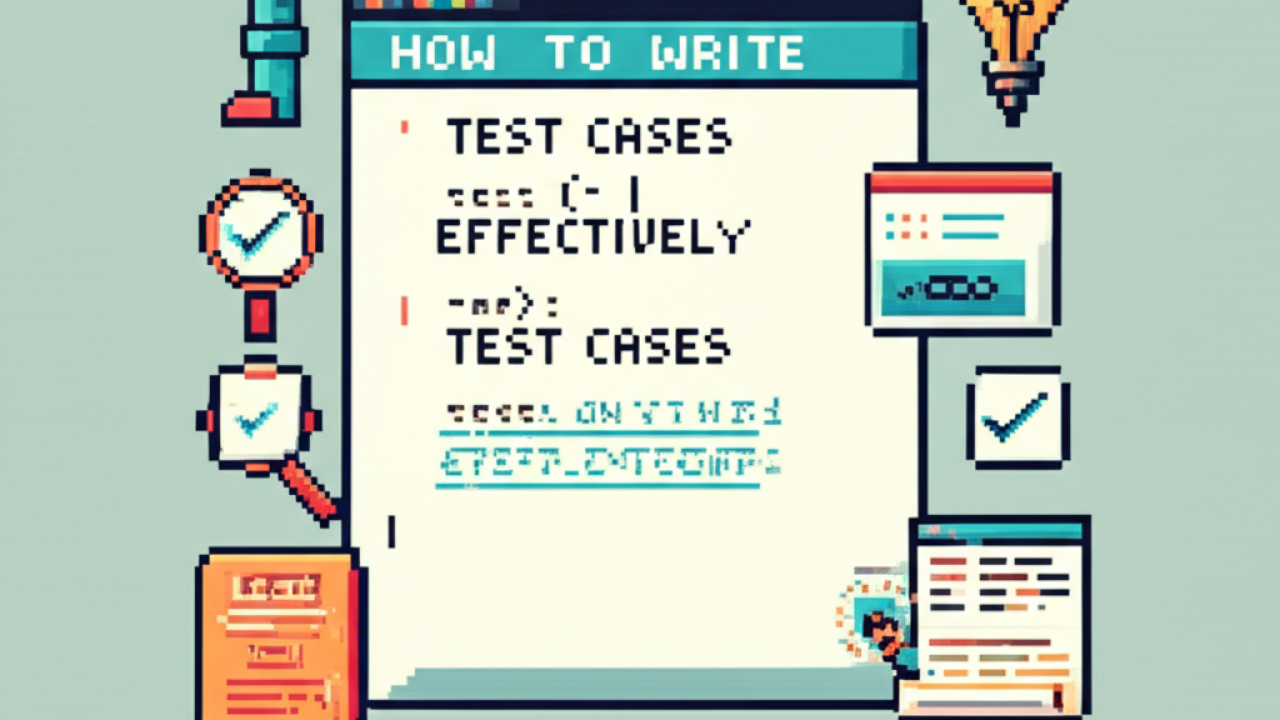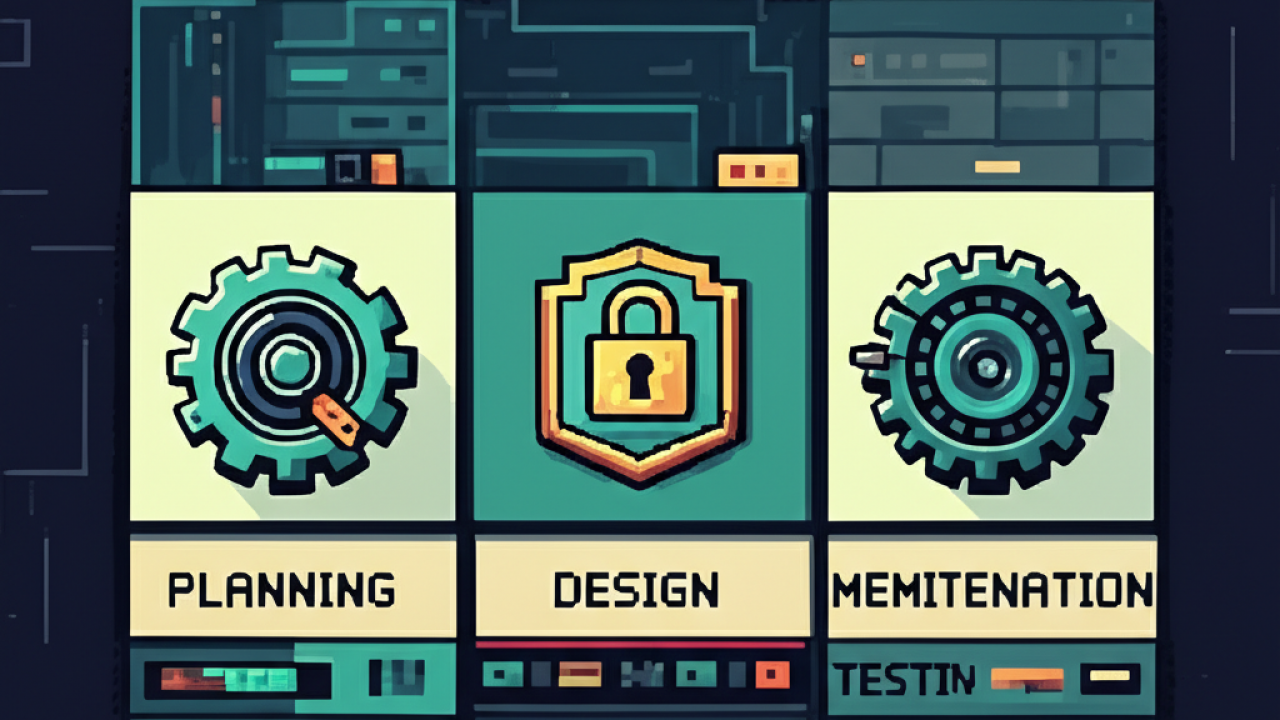Kodus blog
The best insights on software development.
What are you interested in reading about today?
Let’s be honest. We have all seen a giant pull request get a quick “LGTM” and felt a chill down the spine. The reality of software development is that PR
Let’s be honest: code reviews can be a mess. One day, you get a 30-comment deep dive into algorithmic efficiency. The next, for a similarly complex change, you get a
Let’s be honest: most code reviews feel like a chore. At best, they’re a quick rubber stamp. At worst, they’re a nitpicky, soul-crushing critique of your variable naming choices. But
Publishing new code can feel uncertain. You push a change and want confidence that nothing outside the intended scope was affected. The best teams do not rely on chance, they
In many teams, security review only happens at the end of the cycle, sometimes just a week before release after months of development. The result is almost always the same:
Who hasn’t been there? You open a file to fix a simple bug and run into a block of tangled JavaScript, with no comments and full of improvised solutions. Just






